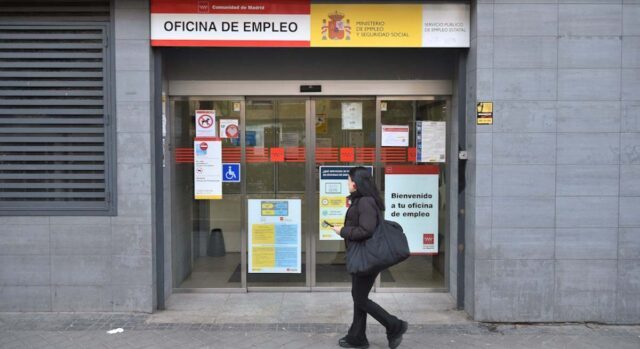Unemployment, unemployment benefits, is the biggest help from all who pays SEPE (employment service of the state state) and, therefore, requires more requirements for their beneficiaries than in the case of subsidies. It also applies to the duration of the benefit, the more time, the more quoted, it was achieved.
The agency explained the operation in its Social Network X profile (previously Twitter): the unemployment period is “calculated taking into account accounting Employment time within six years before the legal situation of unemployment“
This is what includes the general law on social security, which in its article 269 (you can consult it at this link) collects a table with equivalents between the reached deposits and the unemployment period, which is allowed in each case.
- From 360 days and 539 cited days you can collect 120 days of unemployment.
- With 540 days and 719 cited days, 180 days of unemployment can be collected.
- With 720 days and 899 cited days, 240 days of unemployment can be collected.
- With the 900 to 1079 days, 300 days of unemployment can be collected.
- From 1,080 days to 1259 cited days, 360 days of unemployment can be collected.
- With 1260 days and 1439 cited days, 420 days of unemployment can be collected.
- Indicating from 1440 to 1619 days you can collect 480 days of unemployment.
- With quoting from 1620 to 1799 days, you can collect 540 days of unemployment.
- An indication of 1800 to 1979 days can be collected 600 days of unemployment.
- An indication of 1980 days and 2159 days can be collected 660 days of unemployment.
- From 2160 cited days, 720 days of unemployment are charged, maximum.
When calculating the days indicated as unemployment, SEPE explains on your web, it is necessary to take into account two aspects. First, this is in the case of people with contracts with Day reduction “Every day it will calculate as a cited day, regardless of the last day“
Another case is a case who has jobs for underemploymentField in these situations “The duration of the contract or activity will be taken into account“
The amount of unemployment in accordance with the demanded months
Remember that the amount of unemployment depends on the duration of this manual. Thus, as the collection period increases, the amount charged by the beneficiary is reduced:
- During the first 180 days, the amount of unemployment from 70% of the regulatory base employee.
- Since the 181st number it descends to 60% of the regulatory base employee.
SEPE remembers that the employee regulatory base in unemployment benefits is the average “basic bases of the contribution to social security for professional unforeseen circumstances over the past 180 days, without taking into account overtime.”









